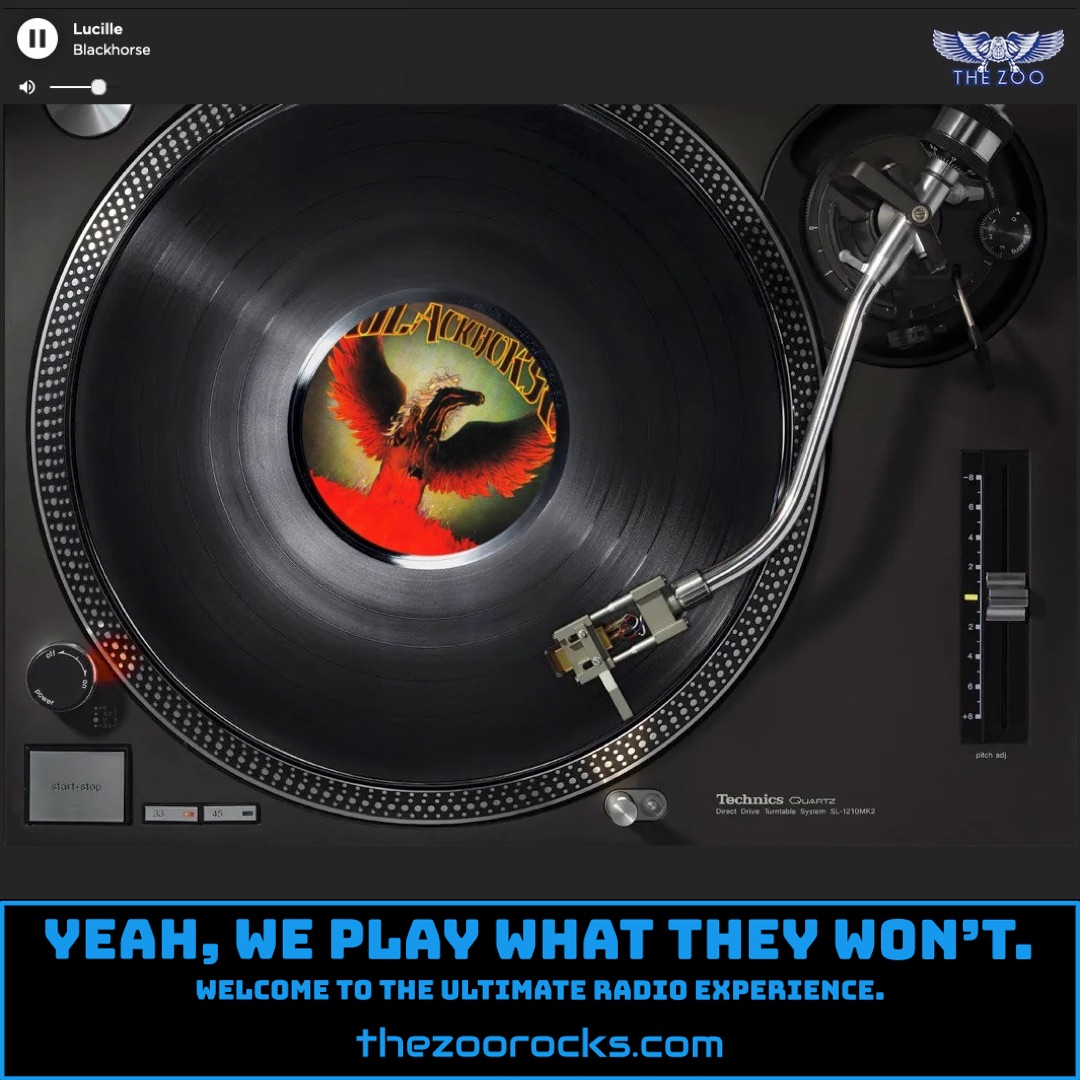The Shape I'm In
The Band
Zoo Freaks, get ready to groove with the Zoo Crew as they spin "The Shape I'm In" by The Band from their iconic 1970 album Stage Fright. This track, a staple of the group’s live performances, is a raw, upbeat anthem with a darker undercurrent, showcasing Richard Manuel’s soulful lead vocals. According to a 2010 interview with Robbie Robertson, the recording of Stage Fright was marked by a tense atmosphere, with the band grappling with a tricky sound setup at the Woodstock Playhouse and distractions from drug experimentation. Robertson noted the album was initially meant to be a lighter, "good-time" record, but the lyrics of "The Shape I'm In" reveal a confessional edge, grappling with dissipation and personal struggle. The song’s buoyant melody contrasts its themes of anxiety, making it a perfect reflection of the album’s contradictory spirit, as described by writer Ross Johnson as "a cheerful-sounding record that unintentionally was confessional."
Another layer of trivia comes from the album’s production, engineered by a young Todd Rundgren, who brought an eccentric genius to the mix. Robertson, in a later interview for the album’s 50th anniversary reissue, expressed dissatisfaction with the original LP mix, leading to a new mix with Bob Clearmountain that aimed to capture the band’s intended sound. The reissue also saw Robertson resequence the tracklist, placing "The Shape I'm In" second to highlight its energetic punch. Critics like John Bauldie from Q magazine praised the song as a career highlight, noting its trademark vocal interplay. On social media, @TheBandOfficial celebrated the album’s 54th anniversary in August 2024, calling out "The Shape I'm In" for its emotional depth and asking fans which track resonates most. The song’s enduring appeal lies in its ability to sound like a party while telling a story of inner turmoil, a duality that keeps Zoo Freaks coming back for more.
The Band, a Canadian-American roots rock outfit, began as a backing group for rockabilly singer Ronnie Hawkins in the late 1950s. Formed by Rick Danko, Levon Helm, Garth Hudson, Richard Manuel, and Robbie Robertson, they joined Hawkins’ band, The Hawks, between 1958 and 1963, honing their craft on the road. Their big break came in 1965 when they backed Bob Dylan during his controversial shift from folk to electric music, earning both boos and acclaim for their raw energy. This collaboration led to the legendary Basement Tapes, recorded with Dylan in 1967, and set the stage for their debut album, Music from Big Pink, in 1968. The album’s blend of folk, country, and rock, with songs like "The Weight," established them as a counterpoint to the psychedelic era, earning praise from peers like The Beatles. Their self-titled second album in 1969, featuring classics like "The Night They Drove Old Dixie Down," cemented their legacy as storytellers of American life.
The Band’s official online presence keeps their legacy alive for fans. You can dive into their history at their official website, theband.hiof.no, a treasure trove of discography, photos, and articles. Follow them on Facebook for updates and vintage photos, or check out their Instagram for behind-the-scenes shots and throwbacks. On X, they engage with fans, sharing milestones like the Stage Fright anniversary. For Zoo Freaks looking to connect with other fans, check out the fan-run site theband.hiof.no, which offers detailed archives and forums. There’s also a vibrant Facebook group, The Band - A Group for Fans, where enthusiasts share memories, bootlegs, and tributes to the group’s timeless sound. Join the community and keep the spirit of The Band spinning!

